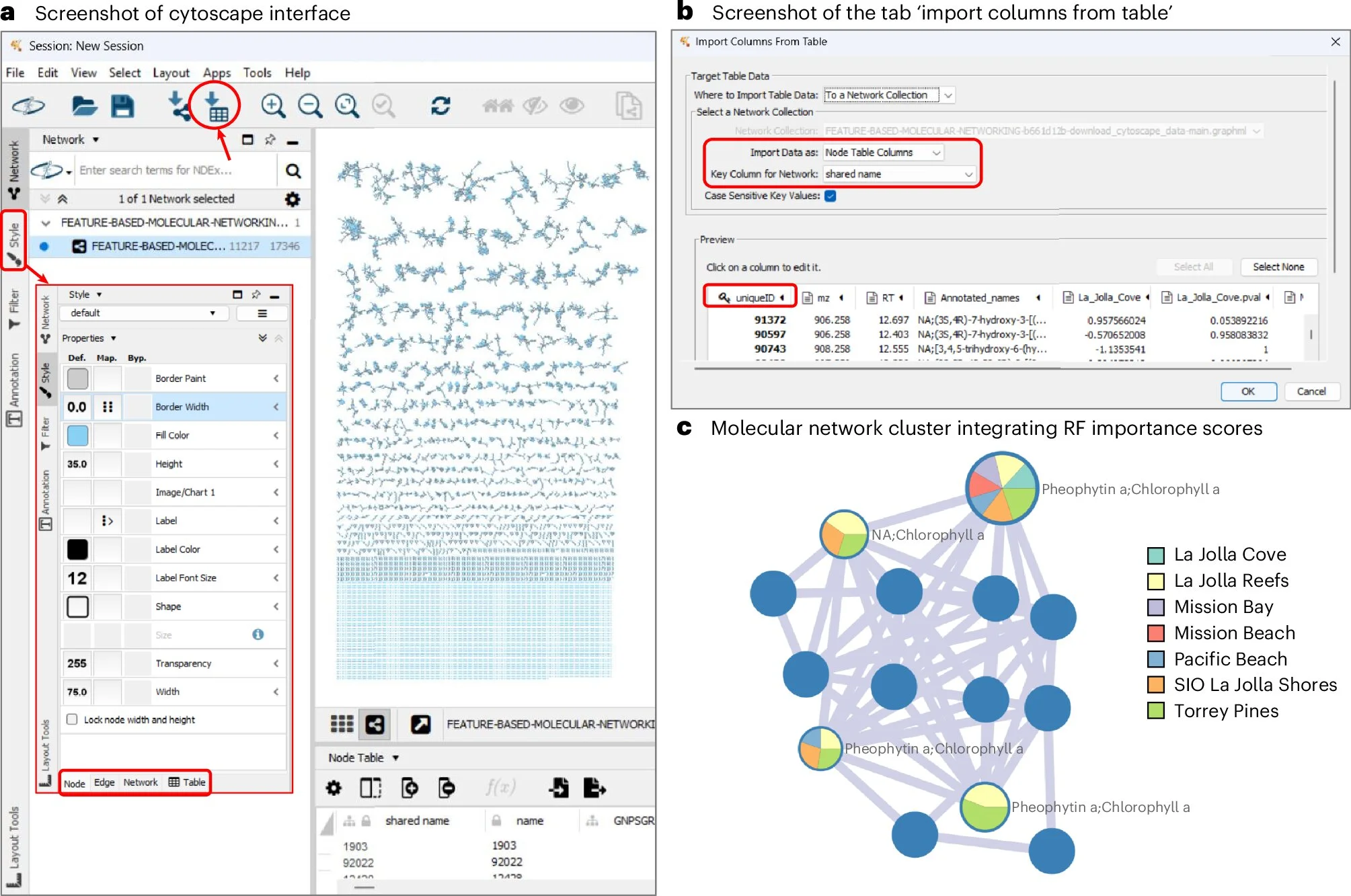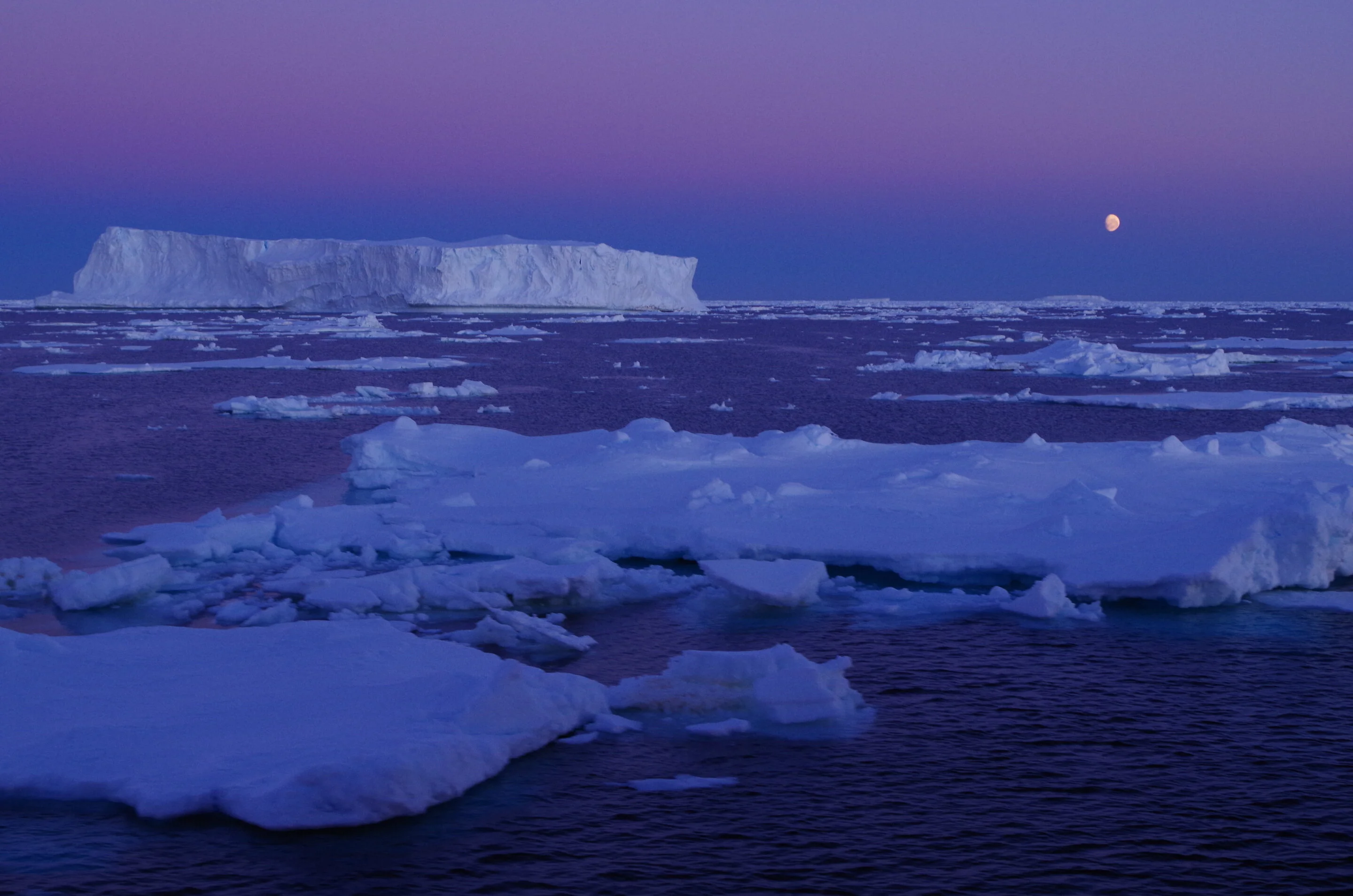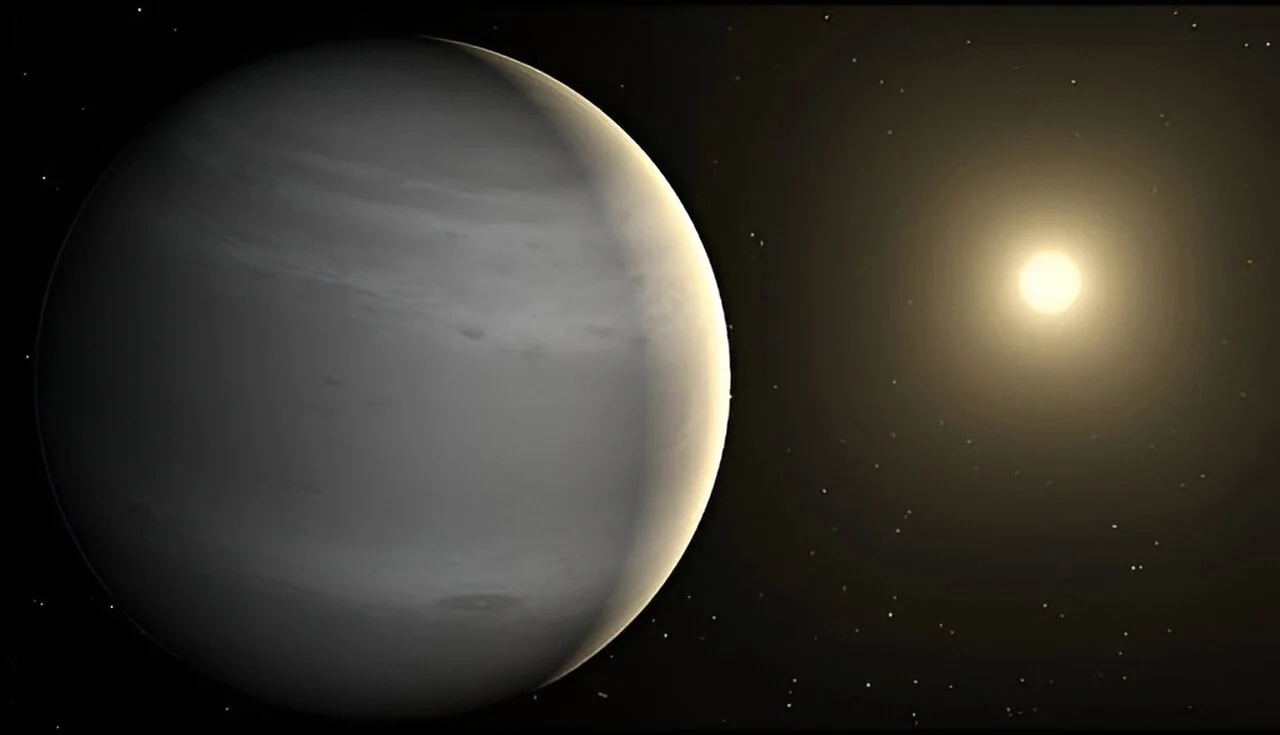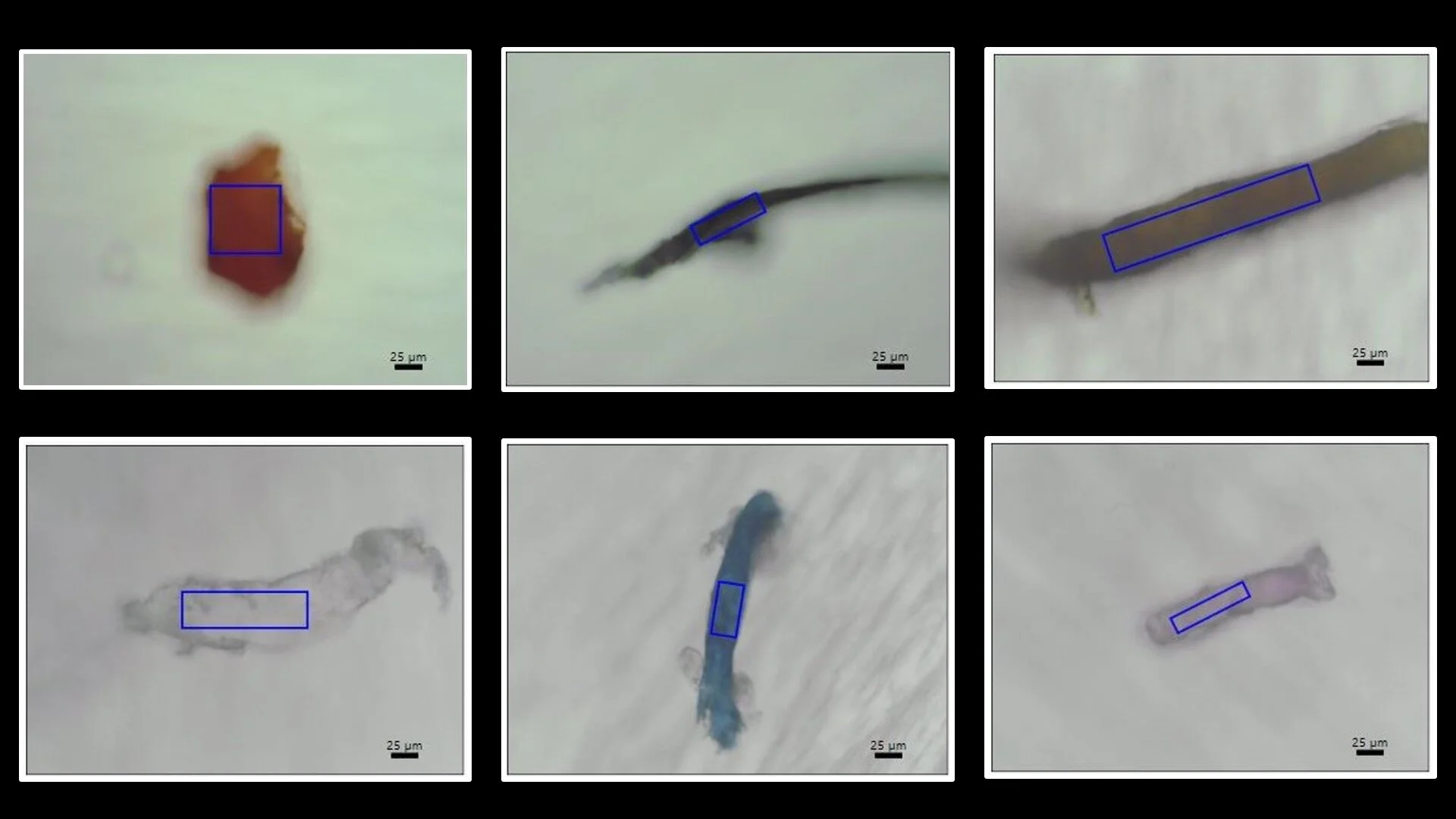New data science tool greatly speeds up molecular analysis of our environment
https://phys.org/news/2024-09-science-tool-greatly-molecular-analysis.html
A research team led by scientists at the University of California, Riverside, has developed a computational workflow for analyzing large data sets in the field of metabolomics, the study of small molecules found within cells, biofluids, tissues, and entire ecosystems.

AI tools help uncover enzyme mechanisms for lasso peptides
https://phys.org/news/2024-09-ai-tools-uncover-enzyme-mechanisms.html
Lasso peptides are natural products made by bacteria. Their unusual lasso shape endows them with remarkable stability, protecting them from extreme conditions. In a new study, published in Nature Chemical Biology, researchers have constructed and tested models for how these peptides are made and demonstrated how this information might be used to advance lasso peptide-based drugs into the clinic.
Light momentum turns pure silicon from an indirect to a direct bandgap semiconductor
https://phys.org/news/2024-09-momentum-pure-silicon-indirect-bandgap.html
UC Irvine-led research reveals that the optical properties of materials can be dramatically enhanced—not by changing the materials themselves, but by giving the light new properties.

Study reveals large ocean heat storage efficiency during the last deglaciation
https://phys.org/news/2024-09-reveals-large-ocean-storage-efficiency.html
As one of the largest heat reservoirs in the climate system, the global ocean absorbs more than 90% of the excess energy from ongoing anthropogenic warming. In the last century, the greatest warming in the ocean has occurred in the upper 500 m, with relatively weak warming in the deep ocean, corresponding to a small ocean heat storage efficiency of ~0.1.

Citizen science collaboration yields precise data on exoplanet WASP-77 A b
https://phys.org/news/2024-09-citizen-science-collaboration-yields-precise.html
A planet swings in front of its star, dimming the starlight we see. Events like these, called transits, provide us with bounties of information about exoplanets—planets around stars other than the sun. But predicting when these special events occur can be challenging…unless you have help from volunteers.

A possible explanation for the 'missing plastic problem': New detection technique finds microplastics in coral skeletons
A possible explanation for the 'missing plastic problem': New detection technique finds microplastics in coral skeletons
https://phys.org/news/2024-09-explanation-plastic-problem-technique-microplastics.html
Researchers from Japan and Thailand investigating microplastics in coral have found that all three parts of the coral anatomy—surface mucus, tissue, and skeleton—contain microplastics. The findings were made possible thanks to a new microplastic detection technique developed by the team and applied to coral for the first time.

https://phys.org/news/2024-09-genome-sequence-analysis-driver-antimicrobial.html
Analysis of heterostructures for spintronics shows how two desired quantum-physical effects reinforce each other
https://phys.org/news/2024-09-analysis-heterostructures-spintronics-desired-quantum.html
Evolved in the lab, found in nature: Uncovering hidden pH sensing abilities in microbial cultures
https://phys.org/news/2024-09-evolved-lab-nature-uncovering-hidden.html
Harnessing exosomes and hydrogels for advanced diabetic wound healing
https://phys.org/news/2024-09-harnessing-exosomes-hydrogels-advanced-diabetic.html
Diabetes, a widespread condition affecting approximately 13% of American adults, is often accompanied by complications such as impaired wound healing. If left unchecked, this can lead to severe outcomes, including the need for amputation.
